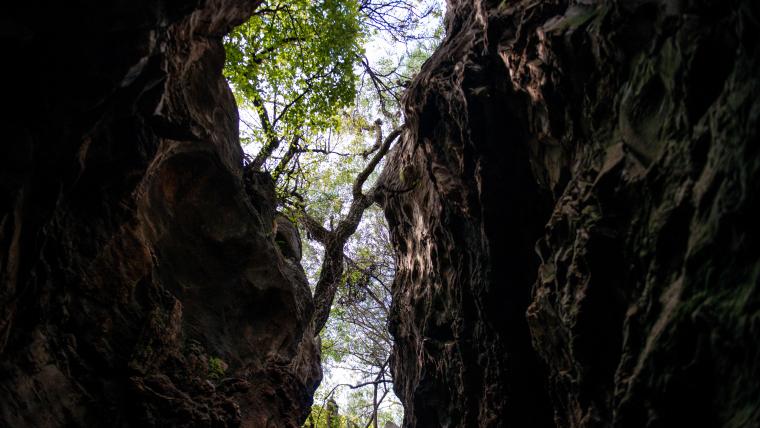
Penguins run wild in this Cape Town suburb. But how did they get there?
The last thing you'd expect to see waddling down a road in Cape Town is a penguin. Over the past 40 years, these charismatic birds have made the suburb of Simonstown their home. Taking refuge from the sun under parked cars or building nests in residential gardens, they have brought this picturesque community to life. But these penguins have not always been here.
One hundred years ago, there were over a million African penguins. Today, there are less than 20 000 wild breeding pairs left in the world. They have suffered from habitat destruction, oil spills, egg poaching and overfishing. African penguins are known to abandon their homes in search of new feeding grounds – and this is how they arrived at Boulders Beach in Simonstown.
In the early 1980s they deserted Dyer Island when their main source of food, anchovies and sardines, became scarce. They formed three new colonies at Robben Island, Stony Point, and Boulders Beach, all of which are now marine protected areas. The Boulders colony seems to be the most sophisticated, as they have immersed themselves in human civilisation. Sheltered from the wind, Boulders Beach is a secluded cove which became the perfect place for two breeding pairs to start their own colony. The fact that the beach was situated on an existing human settlement was even better, as urban development gave them added protection from predation. A decline in commercial pelagic trawling in the bay has provided an abundance of food, and from just four penguins the population has grown to over 2 000 individuals.
The town has welcomed the penguins’ arrival and adapted their habitat, providing nesting boxes and building boardwalks for visitors to view them respectfully. With 28 colonies scattered along the coast of southern Africa, Boulders Beach demonstrates the potential for African penguins to flourish among people.






























Please sign in to leave a comment